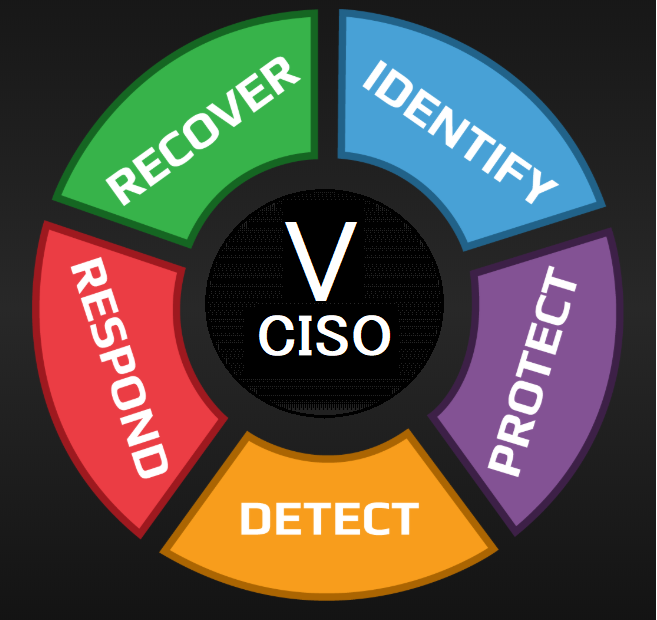Have you ever thought of losing something and you cannot live without it? Yes, that something can be your identity. Phishing is a practice of luring unsuspecting Internet users to a fake Web site by using authentic-looking email with the real organization’s logo, in an attempt to steal passwords, financial or personal information. In daily life people advise to retrace your steps when you lose something. The question is how you retrace your steps on cyberspace where some uber hackers know how to erase their footsteps to avoid detection. It is difficult to find phishers in cyberspace, and jurisdictional issues make it even harder to prosecute them. Then there is an issue of trust that phishers dupe people to believe that their web site is not fraudulent to collect personal/financial information.
Amongst the financial crisis, phishing might be on the rise because for many organizations information protection might be the last thing on their mind. The FDIC has created a webpage to inform and warn consumers about “phishing.” These days phishers have targeted social network organizations LinkedIn and Facebook where their members have been duped into revealing their sensitive data.
Mainly phishing attacks are targeted to steal the identity. Now the question is, how easy it is to steal somebody’s identity? Let’s say a phisher has your name and address, and then he/she can get your Social Security number with the search on AccurInt or other personal database website. A Social Security number is not the only bounty a fraudster can find on these websites, other personal/private information is available as well at minimal cost.
In the table below are the 12 threats to your online identity which can be manipulated in phishing scams, and possible countermeasures to protect your personal and financial information. Some threats are inadequate or no security controls in place. The last row of the table is a monitoring control to identify the warning signs of identity theft.
[Table=7]
Organizations should take necessary steps to protect against identity fraud and apply whatever state and federal legislation applies to your business. Organizations which are serious about their information security should consider implementing the ISO 27001 (ISMS) standard as a best practice, which provides reasonable due diligence to protect and safeguard your information.
US Bank phishing attack exposed
httpv://www.youtube.com/watch?v=n2QKQkuSB4Q
(Free Two-Day Shipping from Amazon Prime). Great books

![Reblog this post [with Zemanta]](https://img.zemanta.com/reblog_e.png?x-id=6d5c8feb-499c-434e-b44b-a01d6b2567e4)


